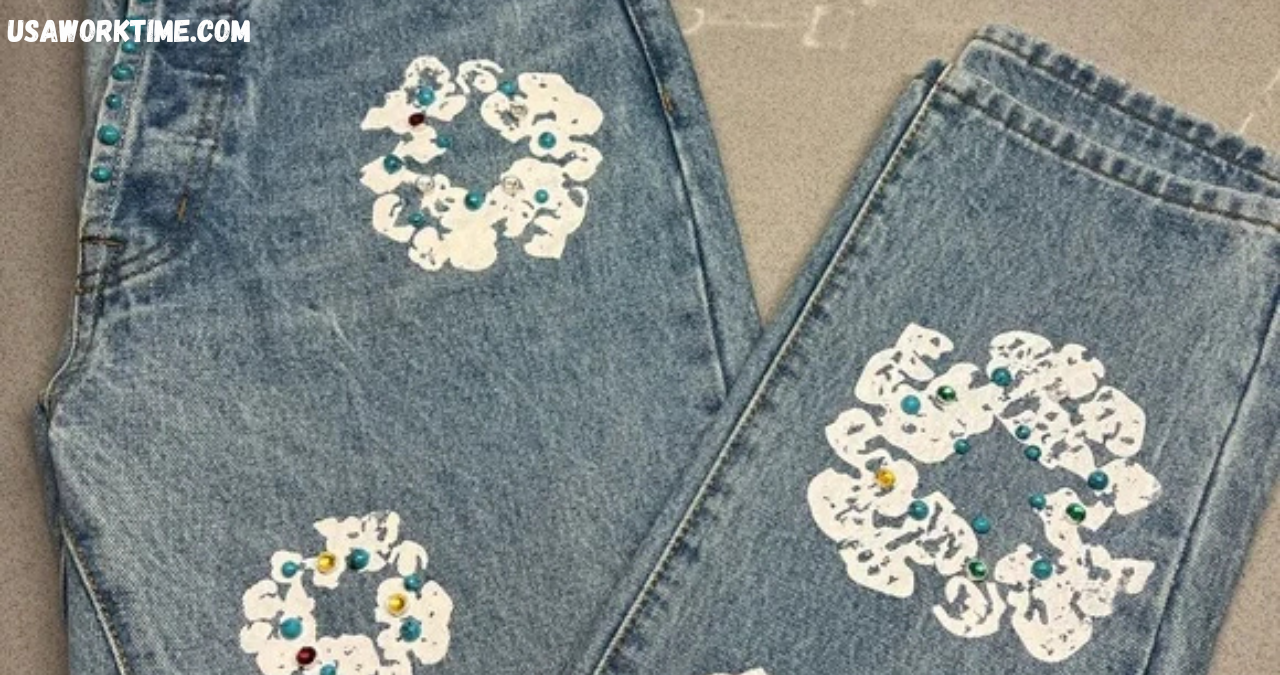Introduction
Sock garters may seem like a relic from a bygone era, but these simple accessories have a fascinating history and an enduring charm. Essentially designed to hold socks up, sock garters emerged at a time when elasticized hosiery didn’t exist. Their practical purpose was to keep men’s socks from slipping down throughout the day, ensuring comfort and maintaining a polished appearance. Today, while most socks come with built-in elasticity, sock garters are experiencing a quiet renaissance, embraced by vintage enthusiasts, fashion aficionados, and anyone looking to add a touch of classic sophistication to their wardrobe.
Understanding sock garters means stepping back into fashion history and appreciating the evolution of men’s accessories. From their widespread use in the early 20th century to their gradual fall out of favor with the invention of elastic socks, sock garters tell a story of changing trends and technological advancements. Beyond practicality, they have become symbolic of a certain style and attitude—often associated with dapper gentlemen and the golden age of tailored menswear.
This guide will explore everything you need to know about sock garters: their history, how they work, their place in modern fashion, and how to choose and care for them. Whether you’re curious about adding a vintage accessory to your look or simply want to understand the practical uses of sock garters, this article will provide a thorough and engaging overview.
The History of Sock Garters
Sock garters first appeared in the 19th century when men’s hosiery was made from materials like cotton, wool, or silk—none of which contained elastic fibers. This meant socks would easily slip down, especially when worn with dress shoes or boots. To combat this, sock garters were developed as elastic bands that wrapped around the calf and clipped onto the top of the sock, holding it firmly in place. This innovation was both practical and necessary, especially for men in formal professions or military uniforms where a neat appearance was crucial.
Throughout the early 20th century, sock garters became an essential part of men’s wardrobes across Europe and North America. They were often worn beneath trousers, invisible but vital for maintaining the integrity of one’s outfit. In many ways, they symbolized meticulous grooming and attention to detail—a hallmark of gentlemen’s style in that era. As the fashion world embraced formal suits and tailored cuts, sock garters helped complete the polished look.
However, with the introduction of elasticized socks in the mid-20th century, the popularity of sock garters declined rapidly. Elastic socks provided a built-in solution that was easier to wear and maintain, rendering the garters obsolete for everyday use. Despite this, sock garters never fully disappeared. Vintage fashion lovers, theatrical productions, and certain niche communities kept the tradition alive, preserving the legacy of this small but significant accessory.
How Sock Garters Work
The fundamental purpose of sock garters is simple: to prevent socks from sagging and sliding down the leg. They achieve this by wrapping an adjustable elastic band around the calf and using clips or hooks to fasten the top edge of the sock. This tension keeps the sock pulled up, maintaining a smooth, wrinkle-free appearance. Unlike elastic socks, which rely on the stretch of the fabric itself, sock garters work externally, providing a firmer grip.
Sock garters come in various styles and designs, each suited to different preferences and needs. Single sock garters typically hold one sock in place with a simple loop and clip, while double garters wrap around the leg twice for extra security. Adjustable garters allow for a custom fit, catering to different calf sizes and sock thicknesses. The clips can be metal or plastic and are often padded or coated to avoid damaging delicate hosiery.
Materials used for sock garters vary, with elastic bands being the most common due to their flexibility and strength. Some high-end garters feature leather or fabric coverings for a more refined look. Wearing sock garters correctly involves positioning them about halfway up the calf, adjusting the tension so they are snug but not restrictive, and ensuring the clips are securely attached to the sock’s edge. Mastering this simple technique ensures comfort throughout the day and preserves the sock’s shape and appearance.
Sock Garters in Modern Fashion

In recent years, sock garters have made a subtle comeback in the world of fashion, particularly among vintage and retro enthusiasts. These accessories add an authentic touch to period costumes and classic menswear looks, often paired with suspenders, tailored trousers, and polished shoes. For many, sock garters evoke a sense of nostalgia and craftsmanship, symbolizing a time when men paid close attention to the details of their dress.
Beyond costume and vintage wear, sock garters are finding a niche in contemporary formal and business attire. Some men appreciate the extra security and comfort garters provide, especially those who wear thinner dress socks or have calves that cause socks to slip. Sock garters also offer a stylistic choice for those wanting to stand out with a subtle yet distinctive accessory that nods to sartorial heritage.
Compared to modern alternatives like elastic socks or compression hosiery, sock garters have unique advantages and drawbacks. While elastic socks are convenient and low-maintenance, they can lose their stretch over time and sometimes constrict circulation. Sock garters provide adjustable tension and can be gentler on the leg while maintaining a crisp look. Celebrities and influencers who embrace vintage fashion have contributed to this resurgence, often showcasing sock garters as part of carefully curated, retro-inspired ensembles.
Choosing and Caring for Sock Garters
Selecting the right sock garters depends on several factors including comfort, style, and durability. It’s essential to choose garters made from quality materials that won’t irritate the skin or damage socks. Elastic bands should be strong but flexible, while clips should be sturdy yet padded or coated to protect the fabric. Style preferences vary—from classic black elastic to leather-wrapped bands or decorative designs featuring metal accents.
Measuring your calf circumference helps ensure a perfect fit. Most garters come with adjustable straps, but knowing your exact size prevents the discomfort of too-tight or too-loose bands. When buying sock garters, consider your typical sock thickness and the occasions you plan to wear them—thicker socks or dress socks may require stronger clips or wider bands.
Proper maintenance extends the life of your sock garters. Elastic bands can lose their stretch if washed improperly, so hand-washing and air-drying is recommended. Clips should be cleaned regularly to avoid rust or damage, especially if exposed to moisture. Storing garters flat or hanging them prevents unnecessary stretching or deformation.
Quality sock garters can be found in specialty menswear stores, vintage shops, and online retailers. Brands that cater to classic menswear or theatrical supplies often stock a variety of styles. Investing in a reliable pair ensures both comfort and a touch of timeless style.
Conclusion
Sock garters may no longer be a daily necessity, but they remain a captivating accessory that blends functionality with vintage charm. From their origins as a practical solution to slipping socks to their modern revival among fashion-conscious individuals, sock garters offer a unique way to honor sartorial tradition. Whether used for style, comfort, or costume, they remind us of an era when attention to detail in men’s fashion was paramount. Embracing sock garters can elevate your outfit and connect you with a rich history of menswear craftsmanship.
FAQs
Are sock garters necessary with modern socks?
Not usually, as most modern socks have built-in elastic. However, sock garters offer extra security and style, especially with thin or dress socks.
Can sock garters be worn with casual outfits?
Yes, though traditionally associated with formal wear, sock garters can add a vintage twist to casual looks for those who want to experiment.
How do I know if my sock garters fit correctly?
They should be snug but not too tight around the calf, holding the sock firmly without causing discomfort or restricting circulation.
What materials are best for sock garters?
Elastic bands with padded metal clips are most common. Leather or fabric coverings can enhance comfort and aesthetics.
Are sock garters uncomfortable?
If properly fitted and adjusted, sock garters are comfortable. Poor fit or excessive tightness can cause discomfort.
You May Also Read: https://usaworktime.com/kodi-capri/










